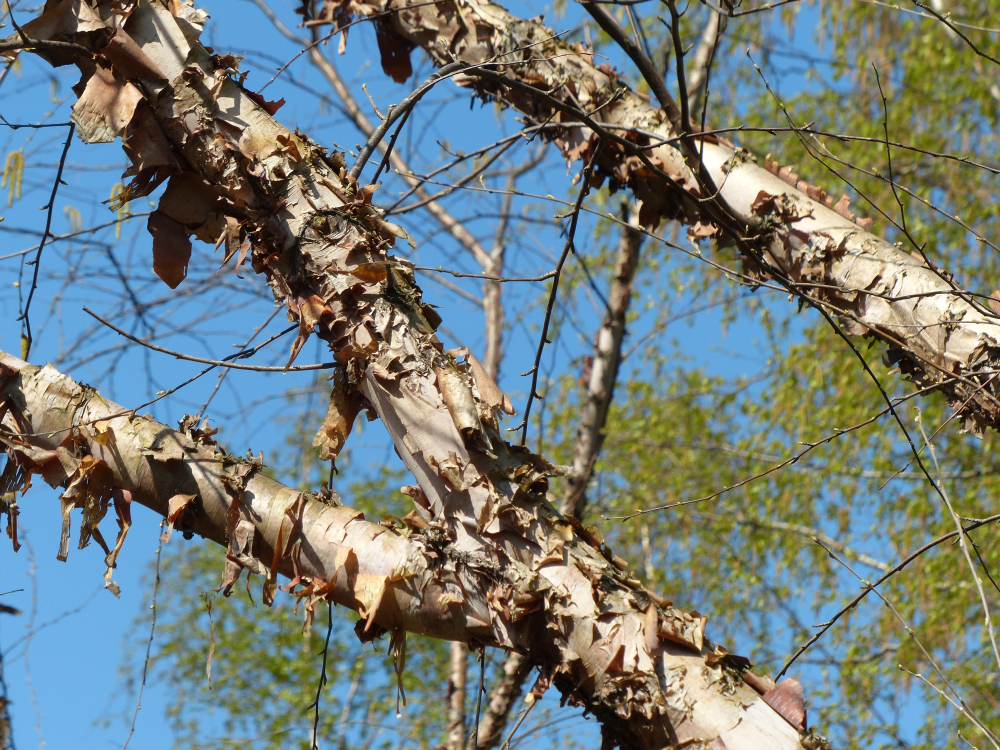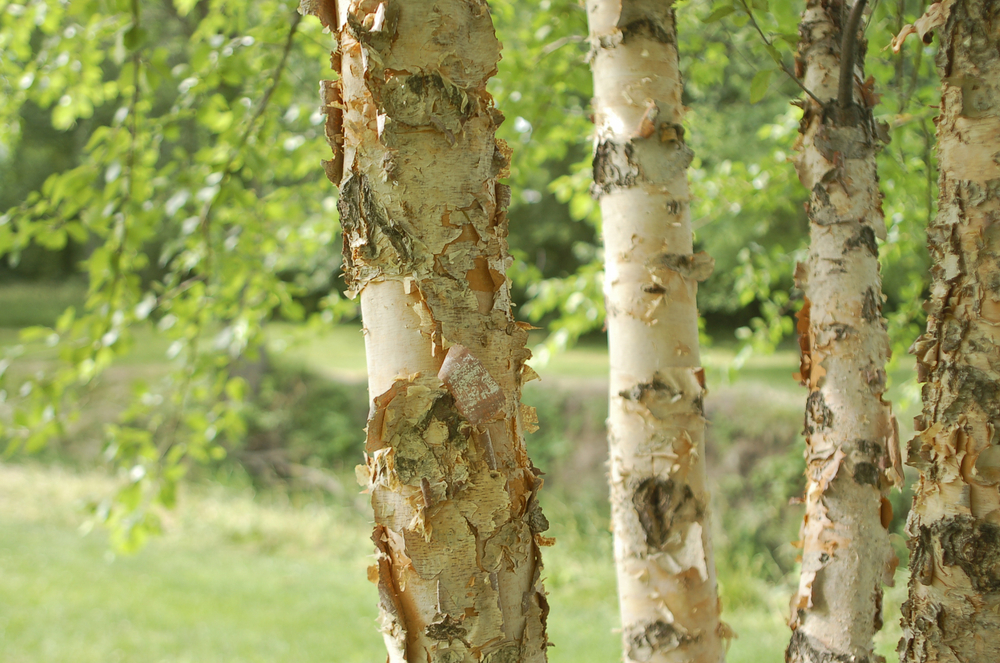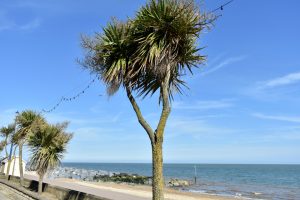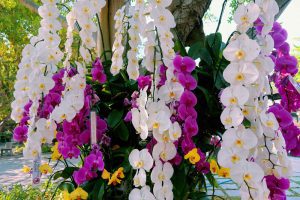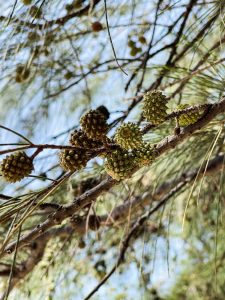River birch trees are one of the most low-maintenance trees that you can find. It’s almost impossible to believe this when you see how lovely and graceful they are.
They shine with their heart-shaped leaves and their pale bark.
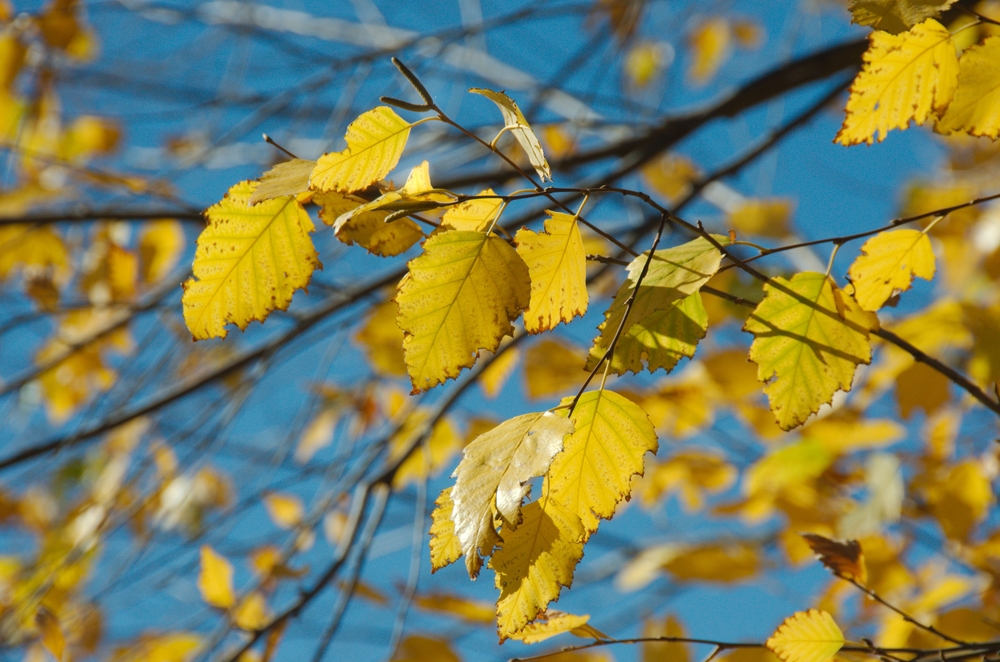
Many people, while they appreciate the tree’s beauty, don’t know much about this fascinating species. How much do you know about a river birch tree and how fast it grows?
Read on to learn the answer and more interesting facts about these trees.
On average, this low-maintenance tree will put on anything between 1 and a half to 2 feet of growth in a single year. However, the rate at which it grows will vary depending on different factors.
For instance, the growing conditions and how long it’s been planted will greatly affect its growth.
In its natural environment, the average river birch tree reaches approximately 40 feet in height, although it can take 20 years for the tree to get there.
While it’s growing, the tree must be able to withstand varying conditions such as harsh weather, possible disease, and animal/human factors that may impact its growth.
Research suggests that a river birch tree can grow well in warm and moist areas compared to urban environments.
Table of Contents
River Birch Tree Background
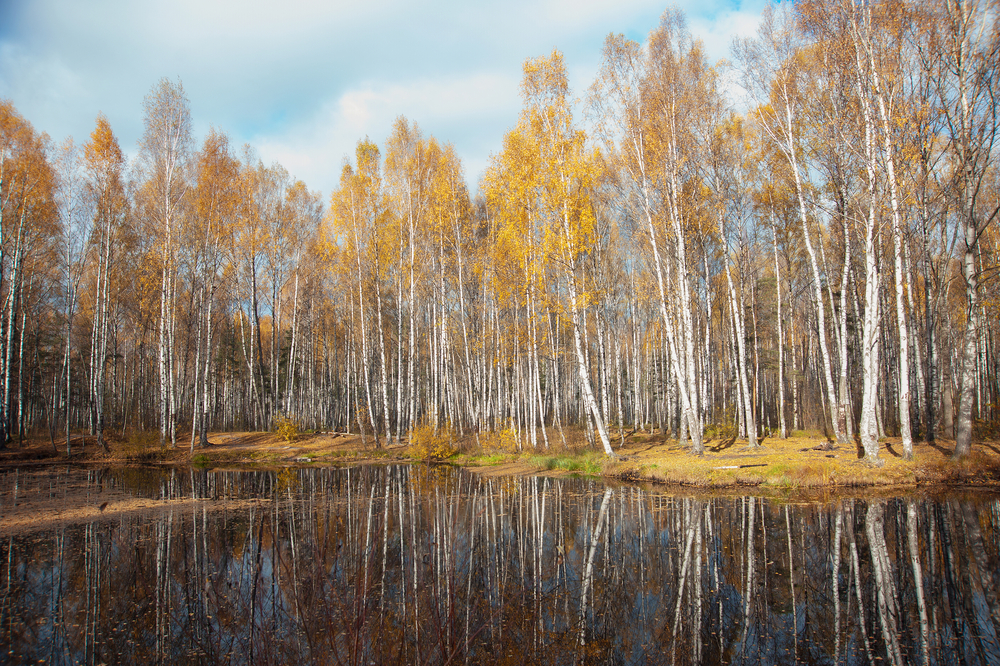
First things first, you should have a bit of background knowledge about this type of tree. Part of the maples and oaks family, this is a tree that you’ll find growing along riverbanks.
However, if you want to include them in your landscaping, you can plant them in your backyard.
A river birch tree is greatly valued for how rapidly it grows, particularly if you live in a relatively wet area. This sturdy tree can also withstand some drought.
River birch trees have a uniquely curled bark that makes them resistant to certain climatic conditions. You’ll notice it from how its limbs are spread and how it typically resists any birch borer.
Despite how sturdy it is and that it can be used in landscaping, river birch trees aren’t very common in the US.
What are the characteristics of a river birch tree?
The following are the typical characteristics that you should look for if you’re trying to identify a river birch tree:
- It has glossy green and triangular leaves that can grow to up to 3 inches in length. Its leaves are arranged in an alternate pattern, and the margins appear double-toothed.
- It will produce catkins that are brown and green around April and May. When the female ones mature, they will yield numerous tiny nutlets.
- When it has matured, it will develop a bark that’s cinnamon-colored. This bark will curl and peel.

- It can have single or multiple stems.
- It typically grows in an oval shape.
Animals such as deer and moose love to eat its foliage. While birds like redpolls and songbirds prefer to eat the plentiful seeds and catkins.
Wood cultivated from this tree used to be very useful for making ox yokes, farm products, and even wooden shoes.
However, this knotty and spindly wood was often disdained by loggers. As a result, it was better to let it grow along riverbanks to help control soil erosion.
What is the ideal way to plant a river birch tree?
If you have a moist location that’s close to a pond or an irrigated bed, then you should have the ideal conditions to grow this type of tree.
The type of soil that you need is fast-draining soil that has a high clay content so that it can retain all the moisture. Additionally, your location should get a lot of sun.
If your location doesn’t have the right quality soil, or if you use alkaline soil, the tree will start developing chlorosis.
This causes the leaves to start turning yellow. The soil pH should always be below 6.5 to ensure that you give your tree the adequate soil that it requires for growing fast.
Since a river birch tree is a shade tree, planting it in hotter climates requires more care. This is why you should plan it in either an east or north-facing location.
You want the roots to always remain cool when the weather is warmer than usual.
How to space a river birch tree
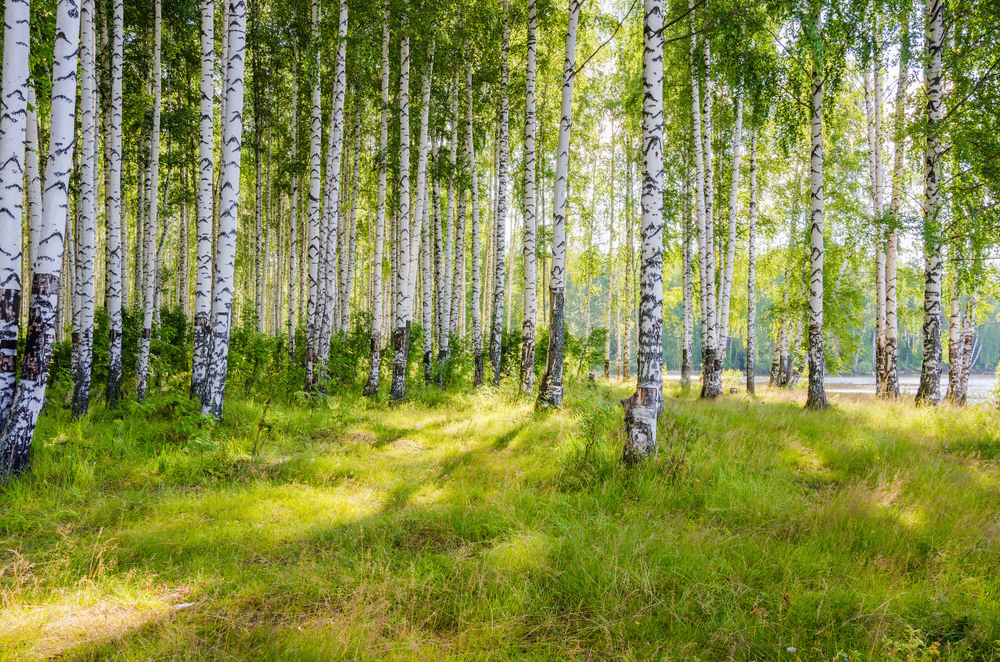
Studies recommend that you should space these trees when you’re planting more than one. They should ideally be nothing less than 35 feet apart. This gives them enough room to grow, and to avoid any roots from overlapping.
The last thing that you want is for your river birch tree to overwhelm any nearby plants.
Removing any turf grass that forms along the root zone should help to remove any competition for moisture with other plants.
If you want to conserve the soil moisture, you should consider putting a layer of wood chip mulch along the root zone.
How to grow a river birch tree
Growing a river birch tree isn’t as difficult as it is with other trees. You don’t have to spend a lot of time caring for it. The only thing that you should focus on is watering it regularly.
If your soil pH is less than the ideal 6.5 or less, you might need to spend some time correcting potential iron chlorosis.
The only main thing that you need to focus on for the first few weeks after you’ve planted it is to water it daily. Once it starts growing, you can reduce this amount to once a week, or whenever you think it’s needed.
If you live in an area that has above average rainfall, you won’t need to water it as much as you think you should. An area that’s water retentive is great because you’ll only need to water your tree every 10 to 14 days.
The ideal amount of water that you should provide when you irrigate your soil should be nothing more than 2 inches of water.
Consider the effects of chlorosis
Since it’s been mentioned that chlorosis can be something that affects these trees, it’s essential to know how you can ensure that it doesn’t affect its growth.
Before you can treat chlorosis, you should know how to identify it. The main symptom of this condition is yellow leaves with green veins.
All you need to do is to pour a decent amount of garden sulfur on your tree. Depending on how your tree reacts, you might need to reapply this treatment. Studies suggest that it should be done at least once a year in spring.
You should ensure that you water your tree well after applying this garden sulfur. The recommended ratio to apply it is to pour 10 pounds for every 100 square feet of your rooting zone.
This is generally the only heavy maintenance that you’ll have when you’re trying to grow this tree.
What is the average life expectancy of your river birch tree?
The answer to this important question depends mainly on how well your tree is taken care of. In addition, there are various species of this tree, and they all have different lifespans.
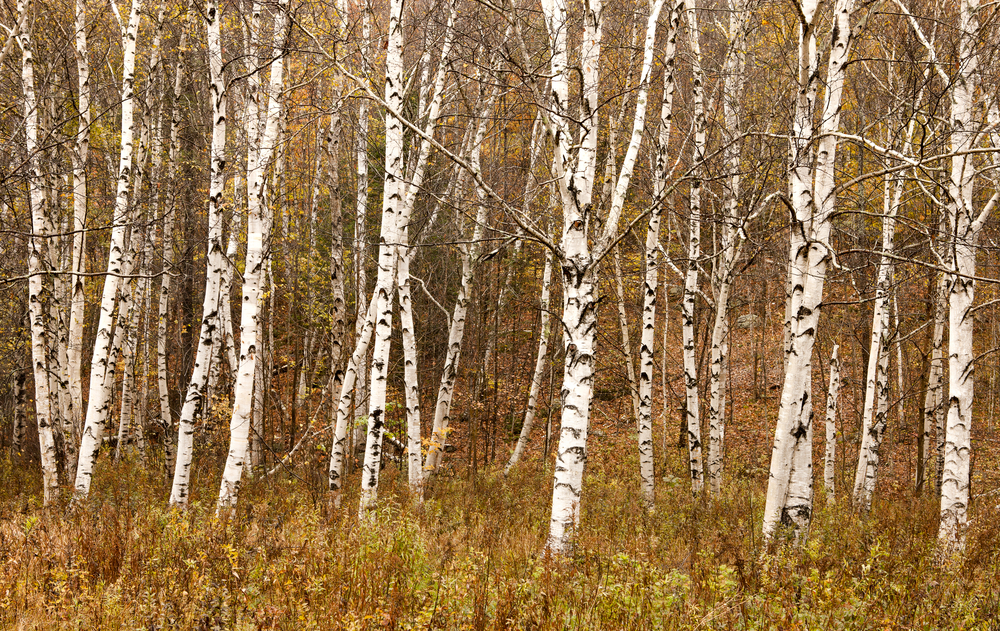
For instance, the common paper birch tree can live for up to 140 years when left to grow on a riverbank.
But, when it’s cultivated for garden use, it can last for nothing more than 40 years. The most vital thing is to ensure that your tree is living under its optimal conditions.
Some birch tree species, such as the yellow birch tree, can live for up to an astonishing 300 years.

